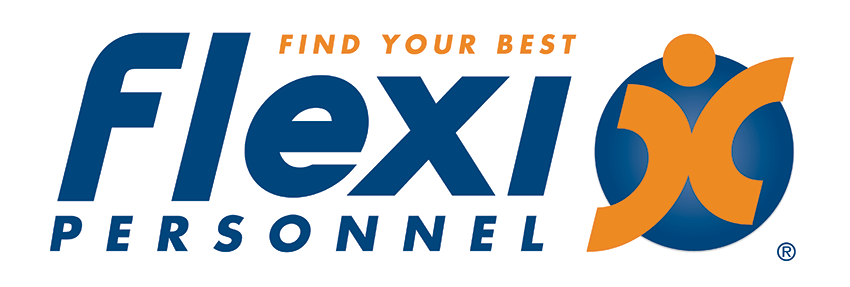
The Benefits of Building Internal Mobility Pathways in your Business
Internal Mobility is one of those terms that is often used by Human Resources Professionals. But what is Internal Mobility and why is it important? Internal Mobility is about offering opportunities for internal progression for employees already working in your business. It is becoming of increasing significance due to a range of factors. Many of these are side-effects of COVID. For instance, pre-pandemic, the focus for many businesses was on attracting top talent to their business (‘the best and brightest’). However, with low unemployment and restrictions surrounding skilled migration, many businesses are now in great competition with each other for talent acquisition.
Additionally, with many employers now requesting employees to return to the office, workers are reconsidering their options with a focus on their own priorities and expectations. What is becoming of increasing importance will be ensuring that your employees feel empowered, engaged and want to stay in your business to build their careers. This will save your business time and money from constantly recruiting staff to fill empty roles.
This forms part of future proofing your workforce and your business. This means that you need to offer employees career roadmaps, not just a job. So how do you develop Internal Mobility Pathways within your business?
- Build an agile workforce
An agile workforce is dependent on a collaborative, experimental culture within a business. Agile workforces harness their strengths and use that to manage change. Strategies to help build an agile workforce within your business involves:
- Encouraging your team to come up with new ideas
- Establishing and developing an innovation lab within the company premises
- Acquiring small companies or startups working on out-of-the-box ideas
- Sourcing ideas from fresh graduates by organising ‘idea hunt’ events
- Hiring innovators
- Implement Software/Programs that support Internal Mobility
There are a range of programs such as Gloat, PageUp and Reejig that helps advertise internal roles across the business, develops automated recruitment campaigns and even matches skilled internal candidates to open roles based on their skills, competencies and experiences using Artificial Intelligence. This is a proactive approach that will build trust in your workforce where employees can see themselves working across a number of roles within your business as they build their careers.
- Consider how Mobility should work when it works best
According to the Harvard Business Review paper: Making Mobility Matter, the business must decide if Internal Mobility is sought out for all employees or just high potential, high performing ones. Additionally, how much Internal Mobility makes sense? How frequently do employees move between roles? Are the moves at the same level or do they have an upward trend? Planning out an Internal Mobility program that has these parameters is also an important consideration.
If you would like support with developing an Internal Mobility Strategy for your business, speak to the HR Consulting team at Flexi Personnel.





